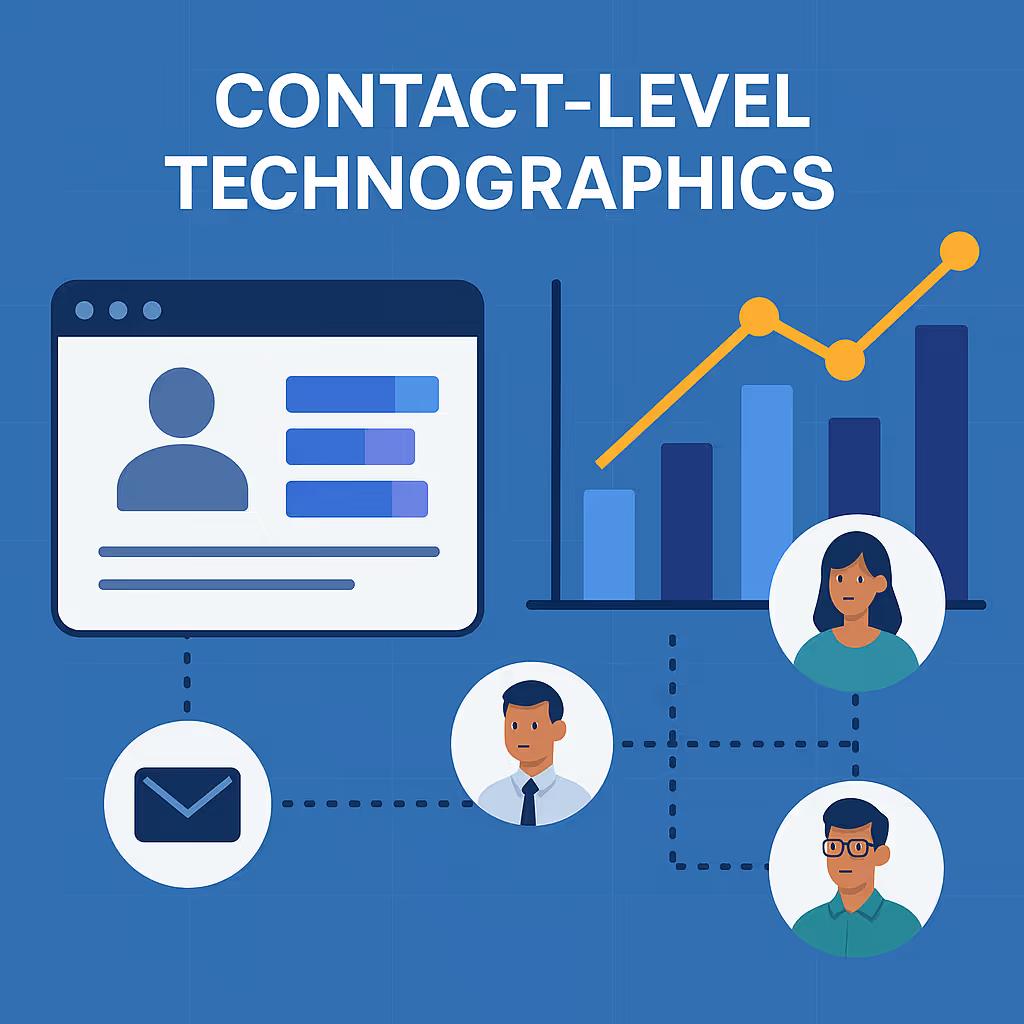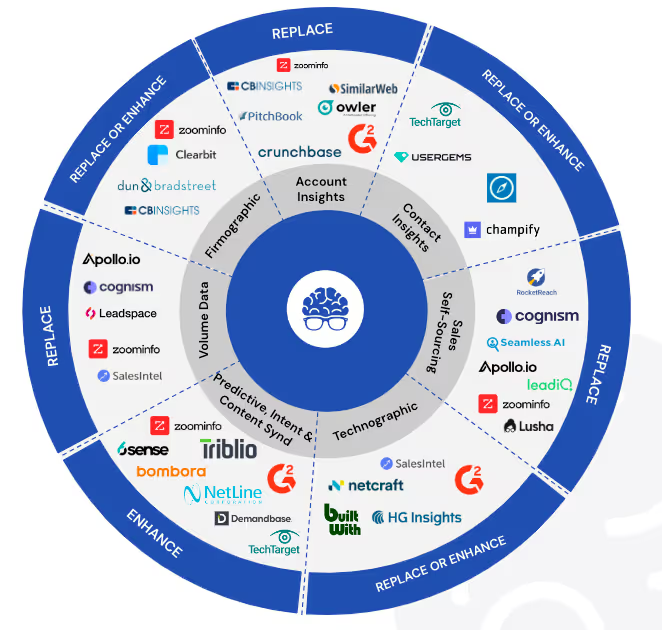In a world awash with data, where AI tooling whispers the promise of endless insights and the landscapes of markets evolve with the speed of thought, standing still is akin to moving backward. This is especially true when it comes to the often overlooked yet critically important process of selecting and reassessing your data vendors. The right data partner can illuminate the path to innovation and growth, while the wrong one might lead you into the fog of irrelevance. Let's talk about conducting a data vendor analysis in today's fast-paced era and why it's essential to continually reassess your data sources for accuracy and coverage.
Understanding the Stakes
Before diving into the intricacies of data vendor analysis, it's crucial to understand the stakes. The right data doesn't just inform decisions; it shapes the very questions you ask. It's the difference between reacting to the market and anticipating its shifts, between being a follower and becoming a leader. In the age of AI and machine learning, the quality, depth, and relevance of your data can significantly amplify your competitive edge—or blunt it.
Conducting a Data Vendor Analysis: The Godin Way
1. Start with Why: Before you even begin to look at data vendors, clarify why you need external data. What specific goals are you aiming to achieve? Are you looking to enhance customer understanding, refine your product development, or perhaps redefine your market strategy? The clearer your objectives, the easier it will be to identify the data vendors that can truly align with your mission.
2. Embrace the Paradox of Choice: Today, the number of data vendors is vast, each promising the moon and the stars. But more choice doesn't necessarily mean better choices. It's about finding the vendor that resonates with your unique narrative. Seek out vendors who not only offer data but a partnership in crafting your story.
3. Depth Over Breadth, Always: In the initial stages of your analysis, it might be tempting to lean towards vendors who offer the most extensive datasets. Resist this urge. Depth and relevance of data should trump volume every time. It's not about having more data; it's about having the right data.
4. The AI Factor: In today's data ecosystem, AI isn't just a buzzword; it's a fundamental pillar of data analysis. Evaluate how potential vendors use AI to collect, clean, and analyze their data. The sophistication of their AI capabilities can be a game-changer in the quality of insights you derive.
5. Demand Transparency: In the relationship with your data vendor, transparency is non-negotiable. You need to understand not just what data is being offered but its source, how it's collected, and the methodologies used to ensure its accuracy and relevance. The right vendor won't shy away from these discussions; they'll welcome them.
6. The Test of Time: A crucial, often overlooked aspect of choosing a data vendor is their ability to evolve. The data landscape is not static; your vendor's offerings shouldn't be either. Assess their track record for innovation and how they've adapted to changes in the market.
The Imperative of Revisiting Your Data Vendors
Why reassess your data vendors? Because change is the only constant. The relevance of data is not a given; it's a variable that fluctuates with market dynamics, technological advancements, and shifts in consumer behavior. Regularly revisiting your data vendors ensures that:
- Your Data Evolves with Your Needs: As your business grows and your strategy evolves, so too should your data sources. Regular assessments help align your data inputs with your current objectives.
- Accuracy is Maintained: Data decay is real. What was accurate yesterday may not hold true today. Periodic evaluations help ensure the data you rely on reflects the current reality.
- You Stay Ahead of the Innovation Curve: New data vendors and technologies are continually emerging. By reassessing your data sources, you open the door to new possibilities and innovations that could offer a competitive edge.
Conclusion: The Art of Continuous Curiosity
In the end, conducting a data vendor analysis and continually reassessing your choices is an exercise in curiosity. It's about asking the right questions, not just of your vendors but of yourself and your organization. It's about not settling for the status quo, about understanding that in the quest for relevance and impact, the search for the right data partner is never truly over. In this journey, the aim is not just to find data but to uncover truths that propel us forward, that challenge us to redefine what's possible. Let's embark on this journey with open eyes, open minds, and the unyielding belief that the right data, in the right hands, can help us change the world.




